Kim Gordon and Kim Deal became two leading girls in a band. Gordon, who never considered herself to be a musician, is a visual artist who found herself speak-singing and playing bass in Sonic Youth. Deal began her career in Pixies, the groundbreaking band that inspired Nirvana, Radiohead, and Weezer.
Videos by American Songwriter
But Deal wouldn’t achieve her greatest success until she formed a band with her sister, Kelley. Then the Deal sisters had a hit with “Cannonball”, one of the most iconic tracks of the 90s.
When Deal joined Sonic Youth on “Little Trouble Girl”, it was something like an experimental supergroup. Borrowing from early 60s rock and roll, “Little Trouble Girl” is a messy empowerment duet from two legends who defied industry expectations of women in rock music while also setting a new standard.
About “Little Trouble Girl”
Kim Gordon explained “Little Trouble Girl” in her memoir, Girl In A Band. It’s a coming-of-age story about a girl who wants to be seen for who she really is. Not the expected “good girl,” but someone messy, true, and real.
If you want me to
I will be the one
That is always good
And you’ll love me too.
But you’ll never know
What I feel inside
That I’m really bad
Little trouble girl.
Gordon’s spoken word moments echo the influential 60s girl group The Shangri-Las. They represented a punk version of pop before punk was even a thing. The BBC banned the group’s biggest hit, “Leader Of The Pack”, for the violent scene in the lyrics. Perhaps the New York teenagers foreshadowed Gordon and Deal’s “Little Trouble Girl”.
When Gordon speaks her verses, it lands with an aloofness. She speaks directly to her mother, but it also mimics a dream state. Meanwhile, Kim Deal’s voice offers a childlike sentiment. Like an old-fashioned country singer on a psychedelic trip.
‘Washing Machine’
On Sonic Youth’s ninth release, the band continued its evolution, while avoiding the grunge mania of 1995. This isn’t an album of big, Gen X anthems. Yet, guitarists Thurston Moore and Lee Ranaldo connected the experimental noise rock of earlier releases with the commercial breakthrough of the Lollapalooza headliners they became.
Washing Machine was Sonic Youth’s fourth album with DGC Records, the label they shared with Nirvana, Beck, and others. But signing to a major label didn’t soften the band’s experimental instincts. The album ends with the 19-minute “The Diamond Sea”. In stubborn defiance of the massive grunge hooks defining alternative rock’s rise to cultural dominance.
A Major Label Experiment
Maybe the narrators in “Little Trouble Girl” resemble Sonic Youth’s contrarianism. Major labels, and DGC in particular, had gone on a signing frenzy. Snatching any grunge or grunge-adjacent band with Pixies-style quiet verses and loud choruses.
But Gordon, Deal, and Sonic Youth weren’t interested in softening the edges of the subculture they inhabited. Take us as we are, they might have said. Just like in “Little Trouble Girl”.
Photo by Mark Von Holden/Getty Images

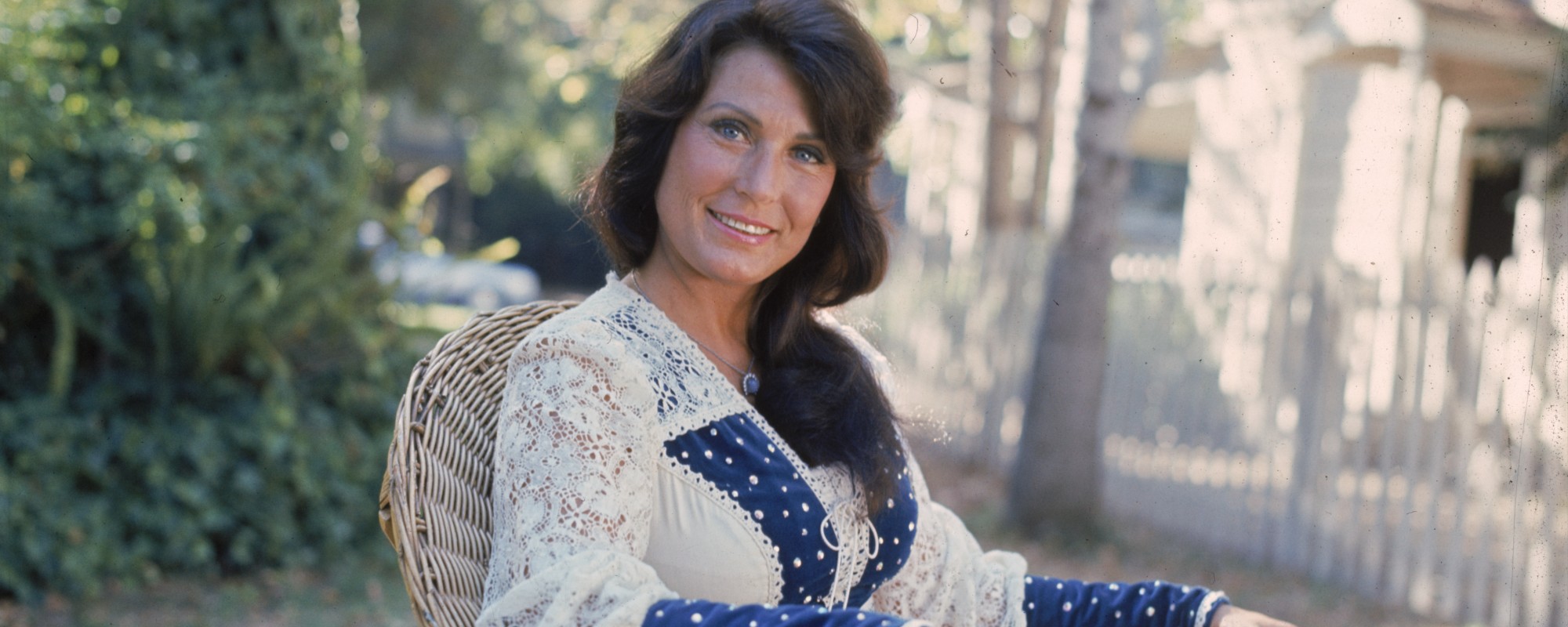



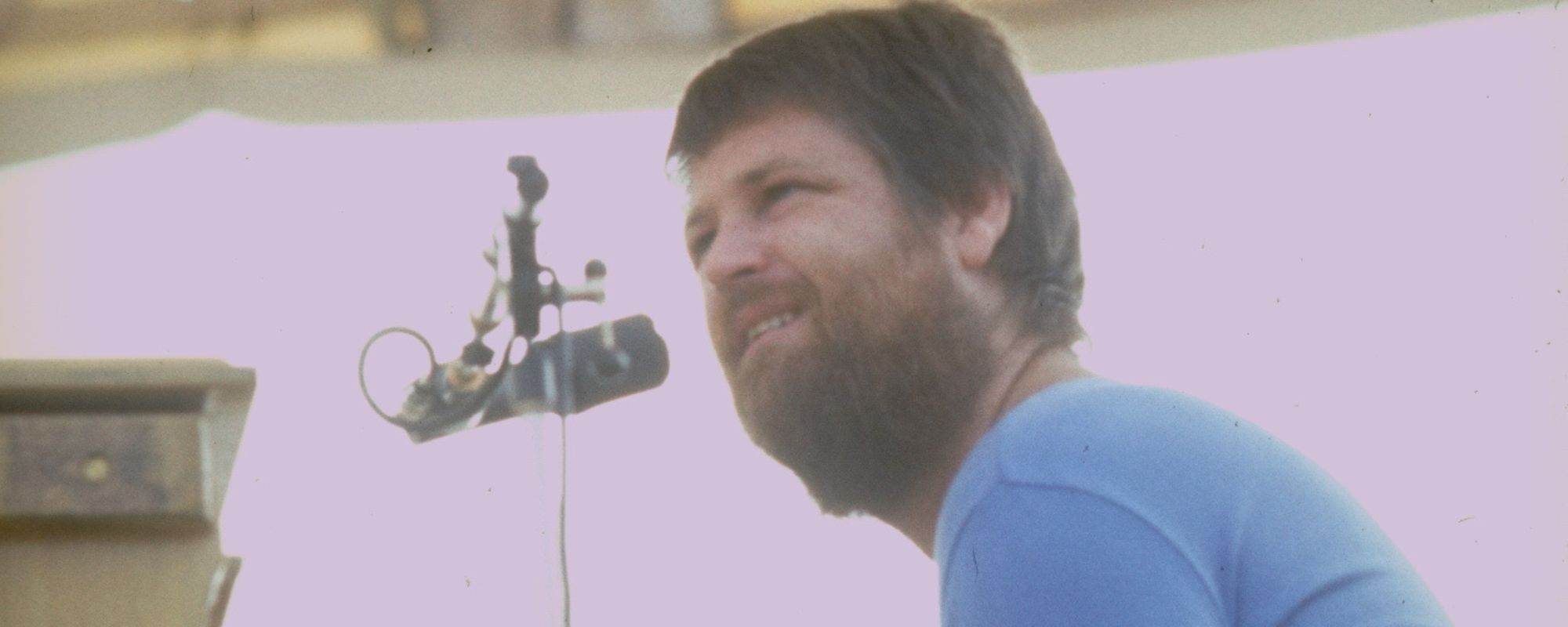
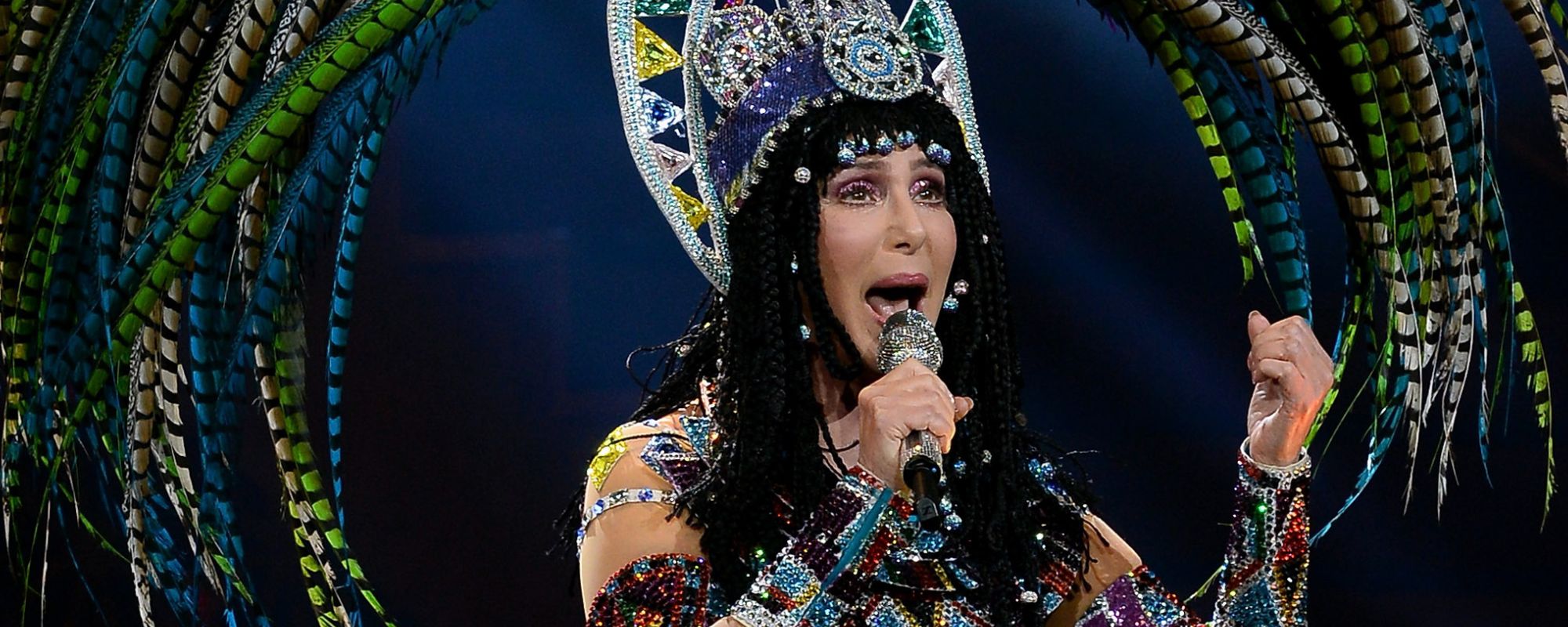


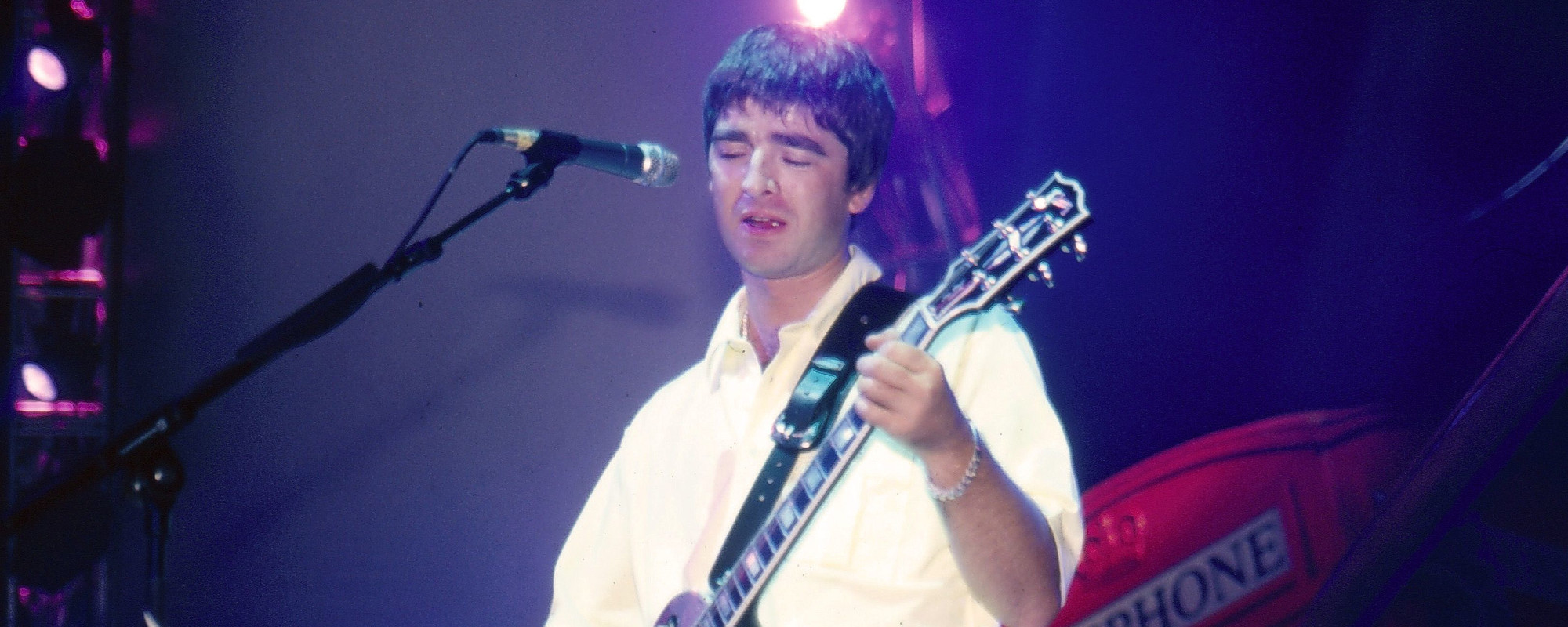
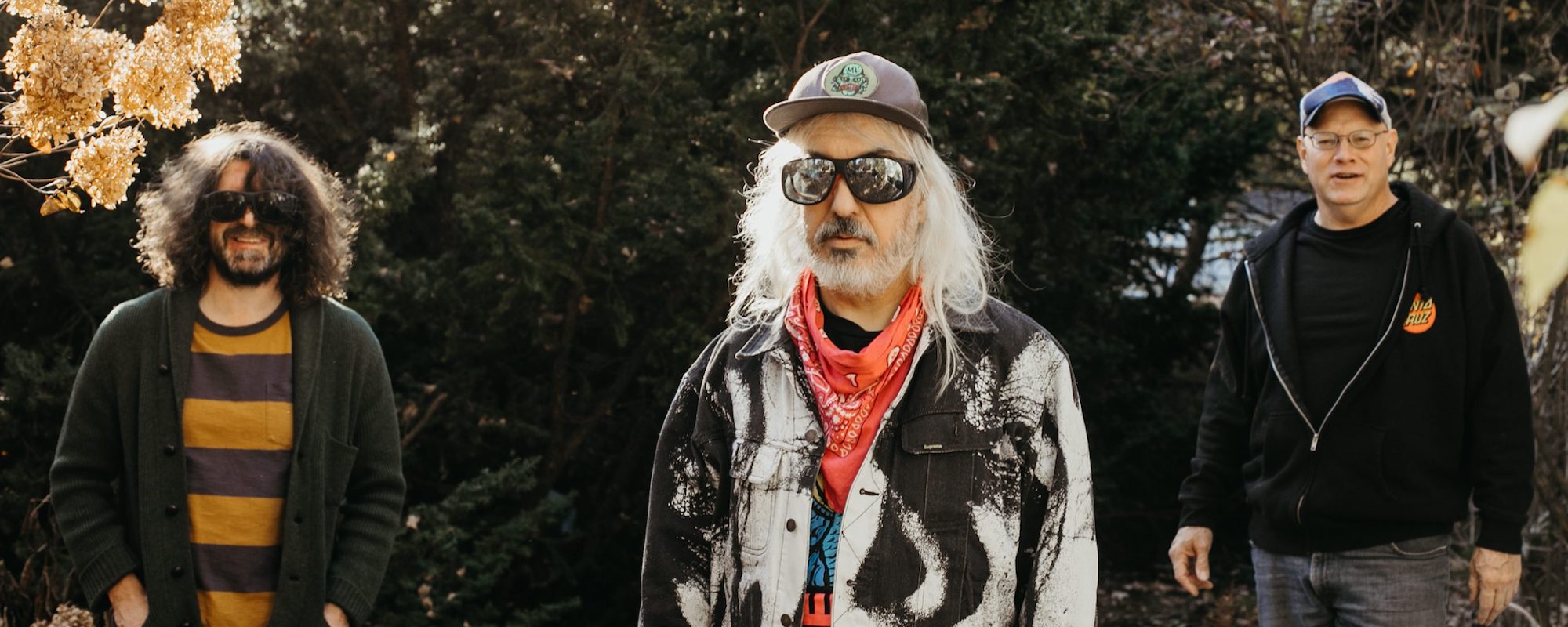


Leave a Reply
Only members can comment. Become a member. Already a member? Log in.